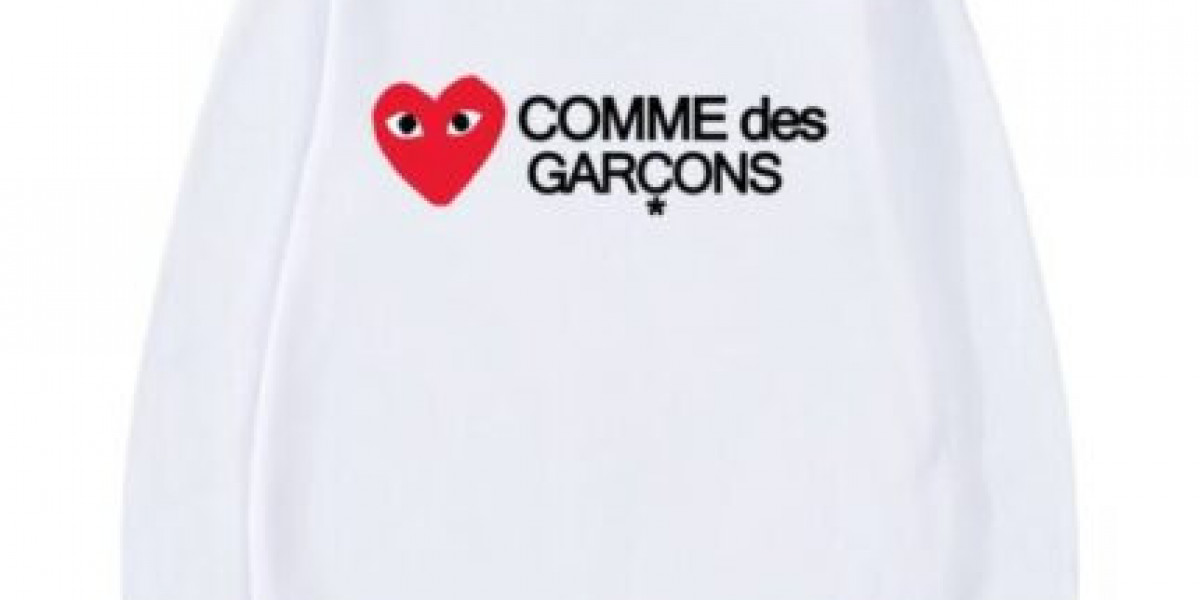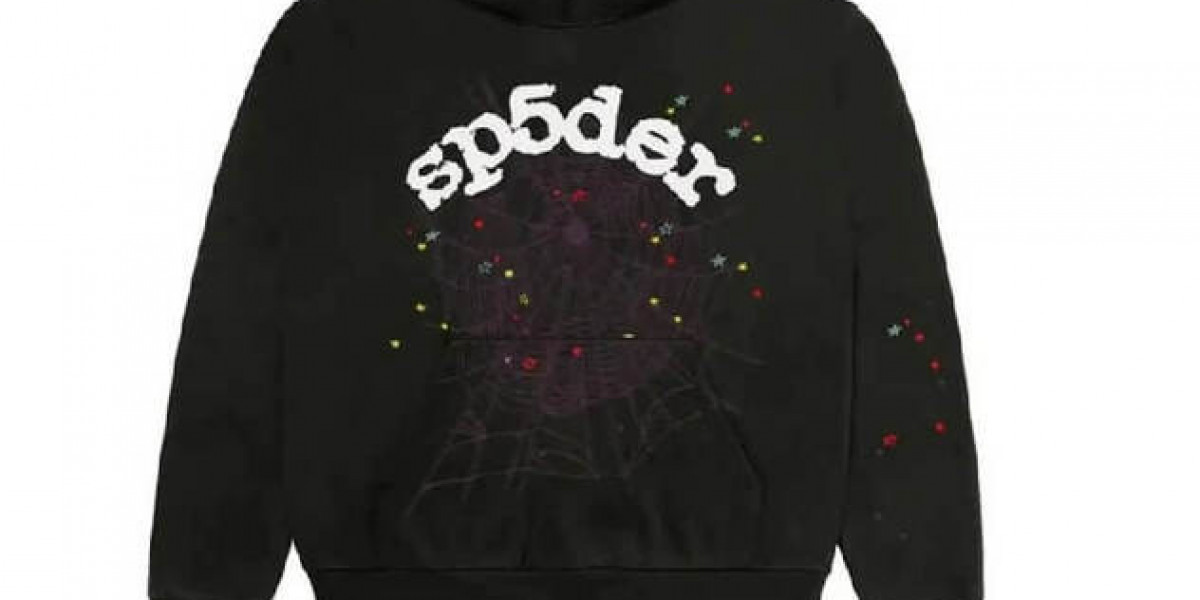In the world of fashion, where trends often come and go with the seasons, a few figures stand out for their enduring impact and radical vision. Rei Kawakubo, the enigmatic founder and creative force behind Comme des Garçons, is one such figure. Since founding the label in 1969, Kawakubo has consistently defied conventional fashion norms, introducing ideas that challenge not just Comme Des Garcons aesthetics, but the very nature of clothing, identity, and art. Her brand, Comme des Garçons—French for “like the boys”—has become synonymous with avant-garde fashion and has carved out a unique space where art and fashion coalesce.
The Origins of Comme des Garçons
Comme des Garçons was established in Tokyo in 1969 and officially became a company in 1973. Kawakubo, who had no formal training in fashion design, came from a background in fine arts and literature. This academic and artistic grounding shaped her design ethos, which is deeply philosophical and concept-driven. In an industry where beauty and marketability are often prioritized, Kawakubo's early collections were radical in their starkness and nonconformity. Black, shapeless garments dominated her initial shows—garments that were torn, frayed, and asymmetrical.
Her work first gained international attention in 1981, when she debuted in Paris. The collection was met with shock, confusion, and even disdain by the Western fashion press, who called it “Hiroshima chic.” But this initial misunderstanding only underscored how far ahead of her time Kawakubo was. What was dismissed then as bleak and anti-fashion is now celebrated as a pivotal moment in the history of modern fashion.
Rei Kawakubo’s Anti-Fashion Philosophy
To understand Comme des Garçons is to understand Rei Kawakubo’s fundamental rejection of mainstream fashion conventions. She does not design clothing in the traditional sense of highlighting the female form or creating wearable silhouettes. Instead, she creates concepts. Each collection is a philosophical inquiry—into themes like gender, imperfection, time, duality, and void. For Kawakubo, clothing is merely the medium through which she communicates larger ideas.
This is why many Comme des Garçons garments appear sculptural, architectural, and sometimes even alien. They do not adhere to the body, but rather challenge it. They add volume in unexpected places, obscure the form, and often make movement difficult. Her designs ask: What is beauty? What is fashion? Do garments have to be “flattering” to be valuable?
The Impact of the 1997 “Body Meets Dress, Dress Meets Body” Collection
One of the most iconic and talked-about collections from Comme des Garçons was Spring/Summer 1997, often referred to as the “lumps and bumps” collection. In it, Kawakubo added padded humps and bulges to otherwise simple gingham dresses, altering the body’s silhouette in grotesque and beautiful ways. The fashion world was stunned.
This collection was not about wearability but about breaking preconceived notions of the female form and fashion’s obsession with perfection. It questioned the very core of aesthetic appeal and invited viewers to confront their own discomfort with the unfamiliar. It is this fearless exploration that has made Kawakubo one of the most important fashion designers of the 20th and 21st centuries.
Comme des Garçons as a Business Empire
While Kawakubo is best known for her radical runway collections, Comme des Garçons has also developed into a multi-faceted business empire. It includes several sub-labels, each with its own identity: Comme des Garçons Homme, Comme des Garçons Play, and Noir, among others. Each line reflects a different aspect of her vision—ranging from luxury menswear to accessible streetwear.
One of the most commercially successful and widely recognized lines is Comme des Garçons Play, known for its iconic heart-with-eyes logo designed by Polish artist Filip Pagowski. This line has helped introduce younger and more mainstream audiences to the brand, without diluting its avant-garde essence.
Beyond clothing, Kawakubo has also played a pivotal role in redefining the retail experience. Her Dover Street Market stores, first launched in London in 2004, are conceptual spaces that blend fashion, art, and design. These stores are constantly changing and showcase both Comme des Garçons lines and curated selections from other forward-thinking designers. They operate as physical manifestations of Kawakubo’s creative vision—part store, part gallery, part installation.
Rei Kawakubo’s Influence on Modern Fashion
Rei Kawakubo’s influence can be seen in the work of many of today’s most innovative designers. Designers like Yohji Yamamoto, Junya Watanabe (a former protégé), and even Western designers such as Rick Owens and Martin Margiela have drawn inspiration from her disregard for fashion norms and her sculptural approach to clothing.
Kawakubo’s aesthetic has also influenced pop culture and the art world. In 2017, the Metropolitan Museum of Art in New York dedicated its annual Costume Institute exhibition to her work—a rare honor, as she was the only living designer since Yves Saint Laurent in 1983 to be given a solo exhibition. The exhibit, titled Rei Kawakubo/Comme des Garçons: Art of the In-Between, featured around 150 examples of her most iconic designs, emphasizing her status not just as a fashion designer, but as an artist.
The Legacy and Mystery of Rei Kawakubo
Despite her profound influence, Rei Kawakubo remains an intensely private figure. She rarely gives interviews and prefers to let her work speak for itself. This has only added to her mystique, making her one of fashion’s most enigmatic icons.
Kawakubo’s legacy is not built on fleeting trends or social media buzz but on an unwavering commitment to creativity and integrity. She has proven that Comme Des Garcons Long Sleeve fashion can be more than just clothes—it can be philosophy, rebellion, protest, and poetry.
In a world increasingly driven by fast fashion and commercial pressures, Rei Kawakubo stands as a reminder of what fashion can aspire to be when it dares to dream beyond the fabric and into the realm of ideas.
Conclusion: Comme des Garçons as a Cultural Force
Comme des Garçons is more than just a fashion brand. It is a cultural force, a statement of resistance, and a canvas for philosophical exploration. Through Rei Kawakubo’s visionary leadership, the brand has continually redefined what fashion is and what it can be. It has taught the world that beauty does not have to be traditional, that fashion can be art, and that garments can be a form of radical self-expression.
To understand Comme des Garçons is to step into a world where the rules of fashion are constantly being rewritten, where imperfection is celebrated, and where the boundary between garment and sculpture is blurred. In Kawakubo’s universe, fashion is not something to be consumed mindlessly but something to be experienced, questioned, and ultimately, felt.







